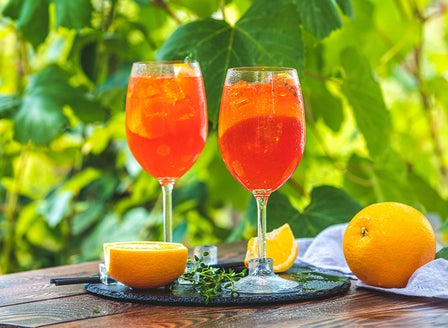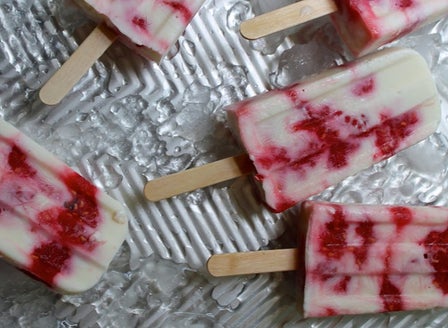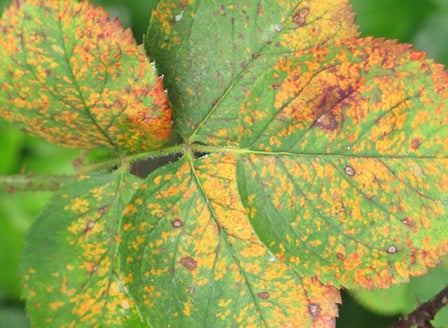Blackberries, Raspberries, Boysenberries and Hybrid Berries. These hardy members of the rubus family are all delicious and fairly easy to grow. Though there are definitely a few tricks worth knowing to keep them productive and under control.
Planting Calendar
Cane fruit can be planted all year round.
Harvest In
1 Year
Raspberries and Blackberries: Harvest from December through to May. Boysenberries: Harvest from December to February
Prepare
Berry fruit prefer a soil that is rich in organic matter, without the addition of lime. To improve the organic content in your soil, dig it over and add Kings Compost and Kings Sheep Pellets then mix together well.
Position
Choose a position that allows the plant plenty of room to grow. Berry fruit prefer a position with some protection from the baking midday sun and can tolerate colder climates and cold winds.
Soil
When planted into the ground, cane fruit likes a free draining soil that is rich in organic matter. When grown in containers, plant into Kings Container mix. This mix contains added water storage crystals and Saturaid, two products that help maintain moisture in the soil.
Plant
In a Pot: Cane fruit can be grown in large pots, to be productive the pot will have to be at least 40cm in diameter and depth. In a larger, half wine barrel-sized pot, you can get away with planting two cane berry plants. Plant into Kings Container Mix, this mix contains added water storage crystals and Saturaid, two products that help maintain moisture in the soil. In the Ground: Gently tap the plant out of its pot. Dig a hole twice the depth and width of the plants root ball. Mix a 50/50 mixture of Kings Compost into your existing soil with the addition of Sheep Pellets and Kings Citrus and Fruit Tree Food, then mix together. Back fill the hole with this soil, so that when planted the top of the plant’s roots sit level with the surrounding ground. Firm the soil down gently and water in well with Aquaticus Organic Garden Booster. In heavier clay soils, where drainage is likely to be an issue, plant onto a raised mound and sprinkle Gypsum Clay Breaker into the bottom of the hole, this helps slowly condition the soil and help to break down the clay.
Care
Watering
Watering is essential especially in the first year of planting to allow the roots to get well established. Water slowly allowing the water to sink down into the roots, rather than allowing it to run off the top of the soils surface. Add Saturaid into the soil at planting as this will help channel the water deep down into the root zone. Consider setting up an automatic watering system – these can be simple and inexpensive.
Feeding
Feed with Kings Slow Release Citrus Fertiliser in spring, and late summer for autumn fruiting varieties.Monthly applications of Aquaticus Organic Garden Booster will ensure a strong healthy root system.
Protecting
Protect from birds as the fruit starts to ripen by covering with bird netting.
Mulching
Mulch around the base of the plants (make sure that the mulch does not come into direct contact with the stem of the plant) with Living Earth More than Mulch. Mulching helps to reduce weeds as well as aiding the soil to retain moisture.
Spraying
Regular spraying as a preventative measure is advised to control fungal disease. Spray with FreeFlow Copper and Enspray Oil combined.
Pruning
Fruit is borne on last year’s wood and vigorous wood tends to bear the largest fruit. In winter prune out any dead, damaged or diseased wood as well as any weaker looking growth. Prune out some old growth (older than four to five years) to encourage new growth and increase vigor.
General Care
When using sprays, chemicals or fertilisers always read the label and follow the instructions. Apply sprays in the evening to avoid harming beneficial insects.
Beginner Tip
To keep the canes under control, use a wire cage around the pot or bamboo poles and wire to form a structure for them to grow over. This will make harvesting and pruning your canes far easier.
Expert Tip
Plant your cane fruit in the row 45-60cm between each plant. Drive or dig a post into the ground until it is solid on either side of your row (multiple posts will be needed on longer rows). Stretch two lengths of garden wire and run between each post. Leave 60cm between each post and tension as best as you can. As your canes grow, tie them onto one side of the wire. Keep fruiting canes on one side of the wire and grow the young canes on the other side to make it easier to prune in winter.
Top Varieties
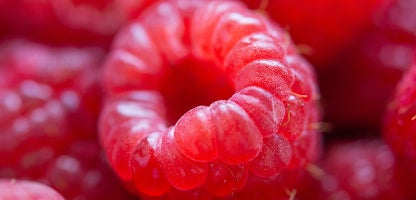
Summer and Autumn Fruiting Varieties
Raspberries Aspiring and Ivory. These two varieties fruit twice in a year, in autumn (on this year’s growth) and in summer (on last year’s canes). In winter, prune this year’s canes back by around a third (cut back to a good bud) and remove any weak canes back right to the ground. In autumn, remove last year’s canes at ground level.
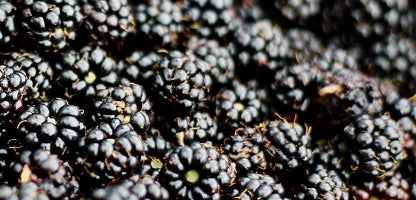
Summer Fruiting Varieties
Raspberry Ebony, Tulameen, and Waiau, Blackberry Black Satin, Boysenberry Brulee, Starlight, Hybridberry Thornless Jewel. Summer fruiting cane fruit fruits on second year canes. In autumn, cut the top 10cm off new canes, cutting back to a good bud, to encourage branching. Remove old canes after they have finished fruiting. In winter, remove any thin and weak canes.
Frequently Asked Questions
How do I plant cane fruit?
In a Pot: Cane fruit can be grown in large pots, to be productive the pot will have to be at least 40cm in diameter and depth. In a larger, half wine barrel-sized pot, you can get away with planting two cane berry plants. Plant into Kings Container Mix, this mix contains added water storage crystals and Saturaid, two products that help maintain moisture in the soil. In the Ground: Gently tap the plant out of its pot. Dig a hole twice the depth and width of the plants root ball. Mix a 50/50 mixture of Kings Compost into your existing soil with the addition of Sheep Pellets and Kings Citrus and Fruit Tree Food, then mix together. Back fill the hole with this soil, so that when planted the top of the plant’s roots sit level with the surrounding ground. Firm the soil down gently and water in well with Aquaticus Organic Garden Booster. In heavier clay soils, where drainage is likely to be an issue, plant onto a raised mound and sprinkle Gypsum Clay Breaker into the bottom of the hole, this helps slowly condition the soil and help to break down the clay.
When is the best time to plant cane fruit?
The best time to plant cane fruit is during the cooler months of autumn or early winter. This allows the roots to establish before the growing season.
How often should I water cane fruit?
Watering is essential especially in the first year of planting to allow the roots to get well established. Water slowly allowing the water to sink down into the roots, rather than allowing it to run off the top of the soils surface. Add Saturaid into the soil at planting as this will help channel the water deep down into the root zone. Consider setting up an automatic watering system – these can be simple and inexpensive.
How do I prune cane fruit?
Fruit is borne on last year’s wood and vigorous wood tends to bear the largest fruit. In winter prune out any dead, damaged or diseased wood as well as any weaker looking growth. Prune out some old growth (older than four to five years) to encourage new growth and increase vigor.
How can I protect cane fruit from birds?
Cover your cane fruit with bird netting or use scare tactics like reflective tape or fake predators to deter birds from eating the fruit.
